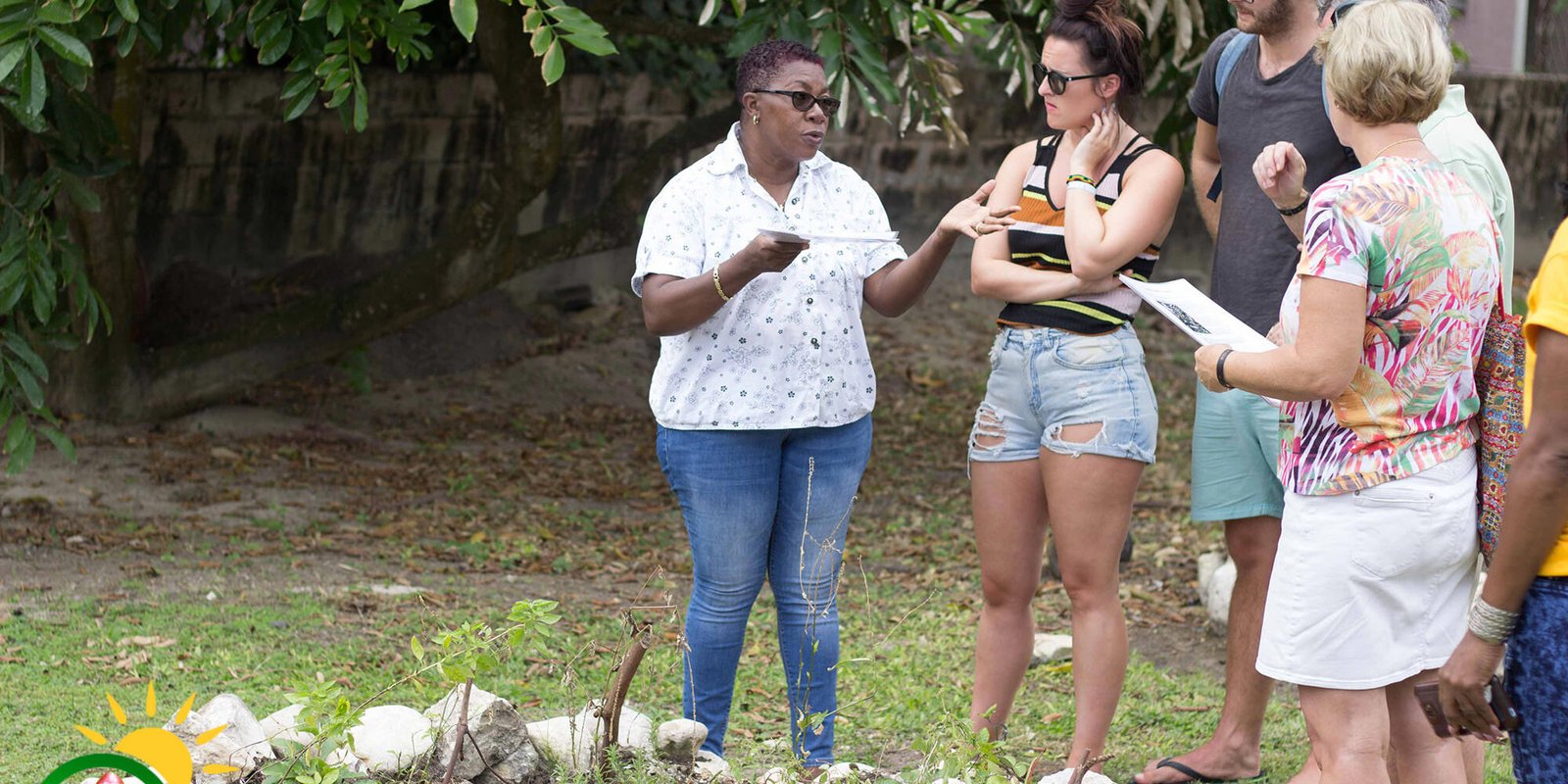When visiting Jamaica, one of the most enriching experiences is immersing yourself in the local culture, and language plays a crucial role in this immersion. Jamaican Patois, also known as Jamaican Creole, is a vibrant and expressive language that reflects the island’s diverse history and culture. For travelers, understanding even a bit of Patois can enhance your interactions and deepen your appreciation of Jamaica’s rich heritage.
Historical Background
Jamaican Patois developed during the 17th century, emerging from the blend of African languages spoken by enslaved people brought to the island and the English spoken by the colonizers. Over time, it also absorbed elements from Spanish and indigenous Arawakan languages. This confluence of linguistic influences created a unique creole that has evolved into what we now recognize as Jamaican Patois. This language not only facilitated communication among the diverse population but also became a marker of identity and resistance.
Linguistic Features
Jamaican Patois is distinguished by its phonetic and grammatical features, setting it apart from Standard English. Here are some key aspects:
Phonetics: Patois often simplifies consonant clusters, so “three” becomes “tree” and “first” becomes “firs”. Vowel sounds are also more varied and can change the meaning of words.
Grammar: Unlike English, Patois uses a simpler verb system without conjugation. For example, “mi a go” means “I am going” regardless of the subject. The verb “to be” is often omitted or replaced by “a” or “de”.
Common Phrases: Learning some basic phrases can be helpful:
Wah gwaan? – What’s going on?
Mi deh yah. – I’m here/ I’m fine.
Irie – Alright, good.
Likkle more – See you later.
Understanding these elements helps in grasping the essence of conversations and responding appropriately.
Cultural Significance
Jamaican Patois is more than just a means of communication; it is a cornerstone of Jamaican cultural identity. It is widely used in music, particularly in genres like reggae and dancehall, where artists express their thoughts, struggles, and joys. In literature and daily communication, Patois is a powerful tool for storytelling and preserving history. Its use reinforces community bonds and pride in Jamaican heritage, making it an integral part of the island’s social fabric.
Practical Tips for Travelers
To make the most of your visit to Jamaica, here are some practical tips for engaging with Patois:
Learn Basic Phrases: Start with greetings and common expressions. Jamaicans appreciate when visitors make an effort to speak their language.
Listen and Practice: Listen to Jamaican music, watch local shows, and practice speaking. This will help you get accustomed to the sounds and rhythm of Patois.
Show Respect: Understand that Patois is a vital part of Jamaican identity. Approach learning with respect and avoid mocking or trivializing the language.
By following these tips, you’ll find that even a small effort can lead to meaningful interactions and a deeper connection with the locals.
Conclusion
In conclusion, Jamaican Patois is a rich, vibrant language that embodies the spirit and resilience of the Jamaican people. For travelers, taking the time to learn and understand Patois not only enhances the travel experience but also shows respect for the local culture. Embrace the opportunity to connect more deeply with Jamaica’s heritage and let the island’s linguistic melody enrich your journey.









